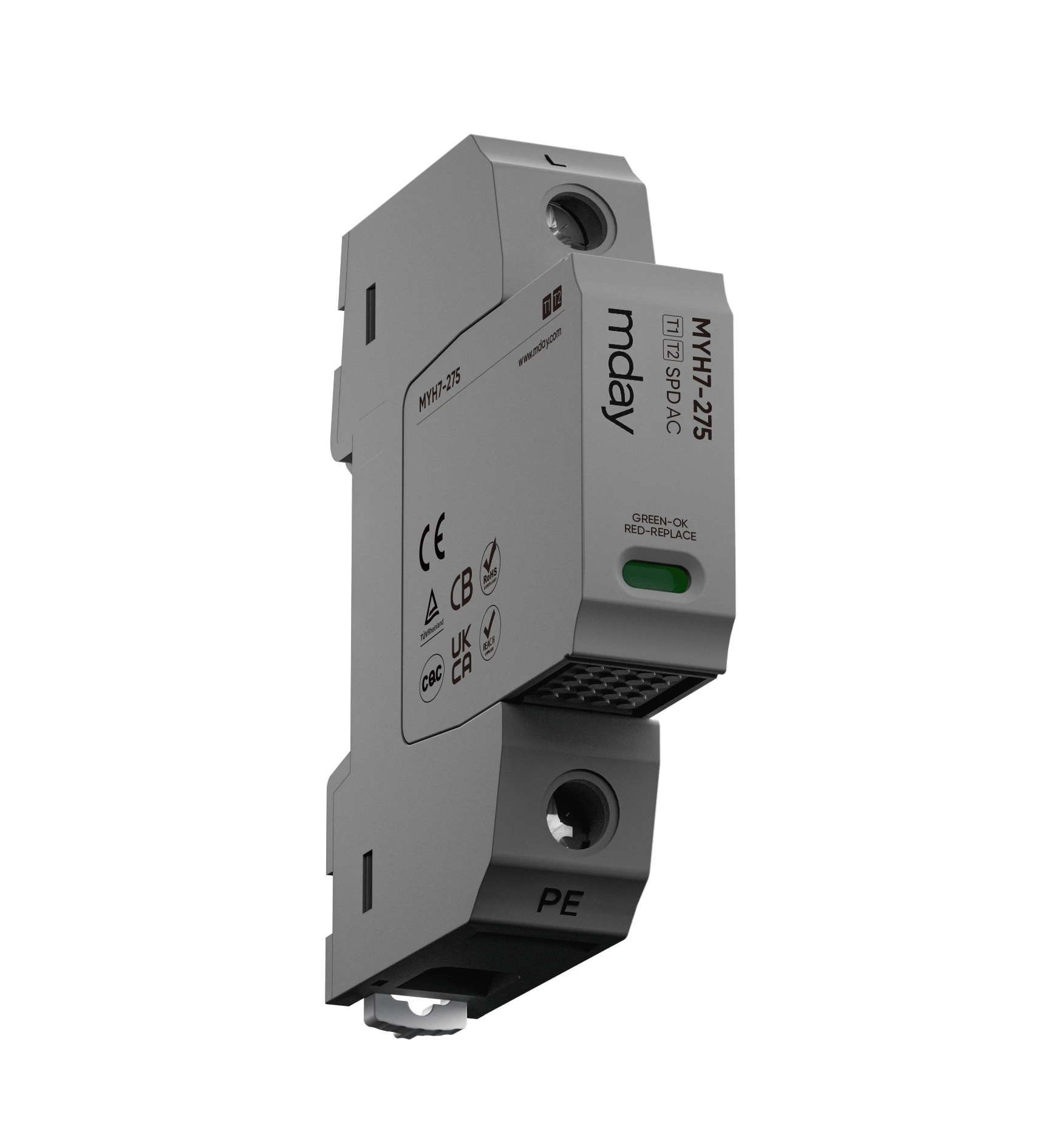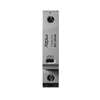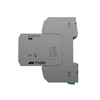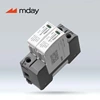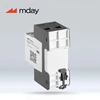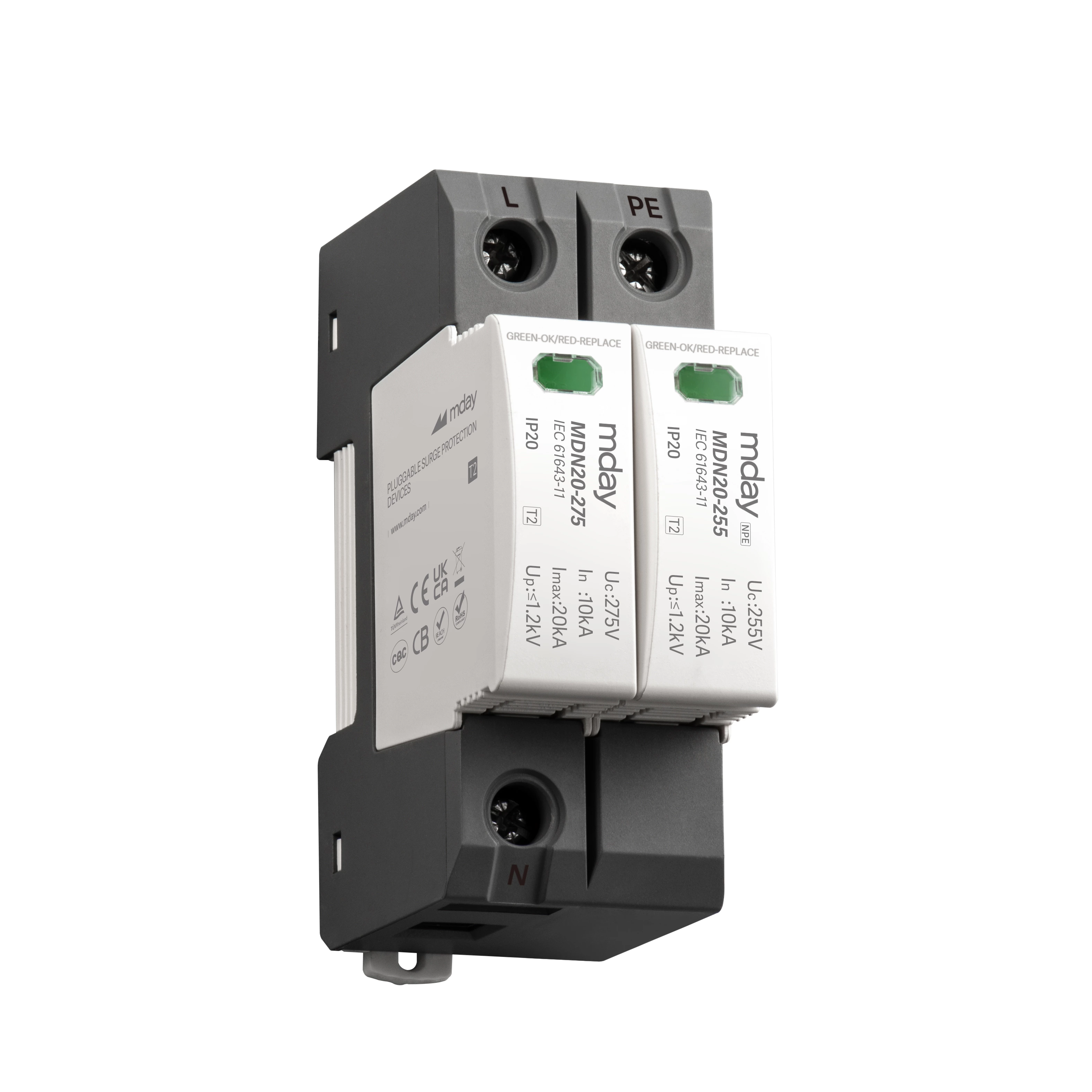How To Identify A T1 Surge Protector—it's That Easy
Surge protector is one of the important equipment in modern comprehensive lightning protection projects. It can play a very effective role in lightning protection. In the power supply system, multi-level protection is generally adopted. We are more common in the first and second level protection. The main function of the T1 surge protective device is to discharge the surge voltage of direct lightning to the ground to prevent it from invading the power supply system and damaging electrical equipment. How to identify the T1 surge protection device? I will give you a detailed answer from three aspects.
1. Parameter characteristics of T1 surge protector
How to identify T1 surge protector? We can observe the parameters marked on the surface of the surge protector. The main parameter Iimp value of T1 reflects the ability of the surge protector to withstand the direct lightning (10/350us) impact test; while the T2 surge protector will be expressed as Imax, which represents the peak value of the 8/20us discharge current that can be safely discharged. So when you see the waveform of 10/350us marked on the surface of the product, you can judge that this product is a T1 surge protector.
2. Installation location of T1-class surge protector
How to identify T1-class surge protector? Technical Specifications for Lightning Protection of Electronic Information Systems in Buildings (GB 50343-2012) 5.4.3 requires: For AC power supply lines entering buildings, at the junction of LPZ0A or LPZ0B and LPZ1 areas such as the main distribution box of the line, a surge protector of Class I test or a surge protector of Class II test should be installed as the first-level protection; at the junction of subsequent protection areas such as the distribution box of the distribution line and the distribution box of the electronic equipment room, a surge protector of Class II or Class III test can be installed as the subsequent protection. In addition to the main distribution box, we usually use T1-class surge protectors for distribution boxes outdoors and outside the protection range of lightning rods to prevent the intrusion of direct lightning.
3. Types of T1-class surge protectors
How to identify T1-class surge protectors? T1-level surge protectors have strong tolerance and discharge capacity, and need to be able to withstand 10/350us direct lightning impulse tests. There are three types of products: composite, switch, and voltage-limited. However, it should be noted that due to the long attenuation time of T1-level 10/350us waveform direct lightning, in addition to the current stress, the heat generated by the T1-level 10/350us waveform direct lightning will greatly damage the SPD. Although the voltage-limiting varistor can withstand the impact of current, the heat generated by long-term work will accelerate the degradation of the varistor, so the service life of the voltage-limiting SPD is relatively short. It is not recommended to use voltage-limiting surge protectors for important projects.
How to identify T1-level surge protectors? Common components of T1-level switch-type surge protectors are discharge gaps, gas discharge tubes, etc. They have large flow rates and strong discharge capacity. The disadvantage is that there is a continuous current, which will frequently cause the front-end overcurrent protector device to malfunction, so it is not suitable for use with SSD. If it must be used, an automatic reclosing switch should be installed, but this will increase the equipment cost and add a new problem point.
Here we strongly recommend the use of a composite surge protector for level T1, which is composed of a switch-type graphite gap and a voltage-limiting varistor (MOV) in series. It has the characteristics of large through-current of the switch type and no power frequency continuous current and low residual voltage of the voltage-limiting type, taking the essence and removing the dross to ensure continuous and effective lightning protection while avoiding the risk of SPD catching fire.
